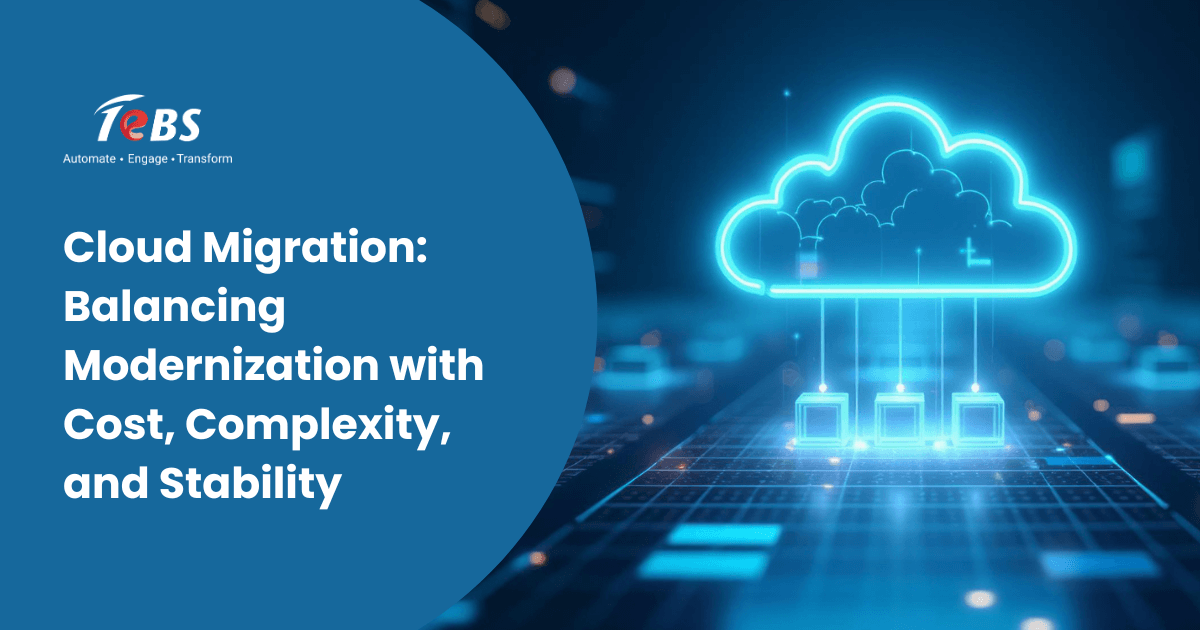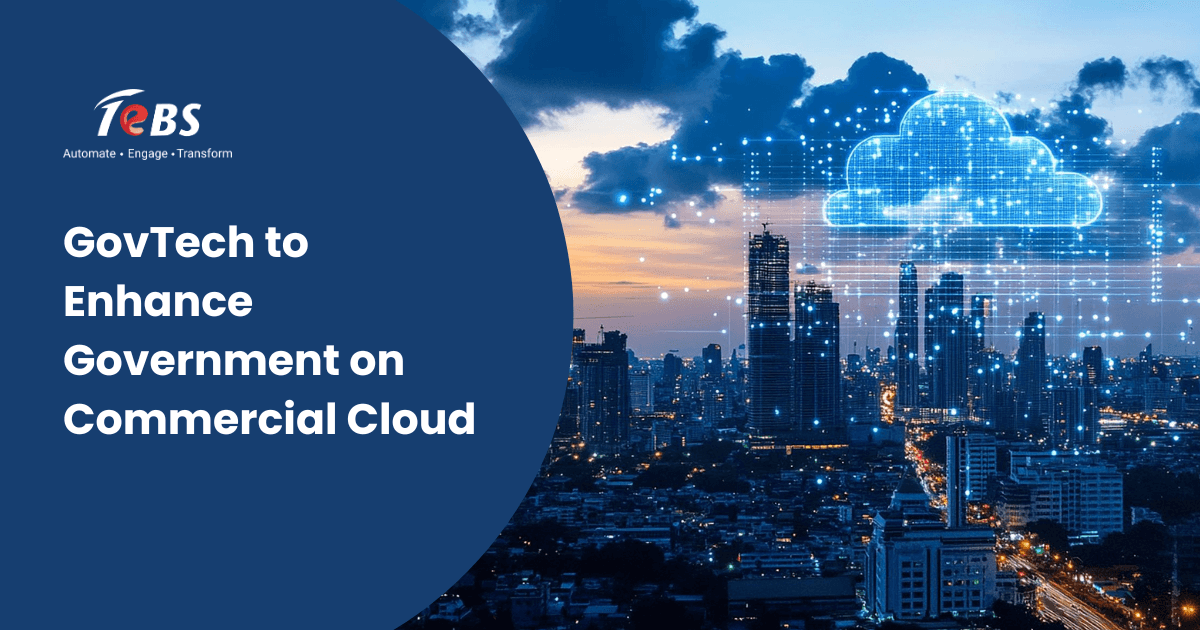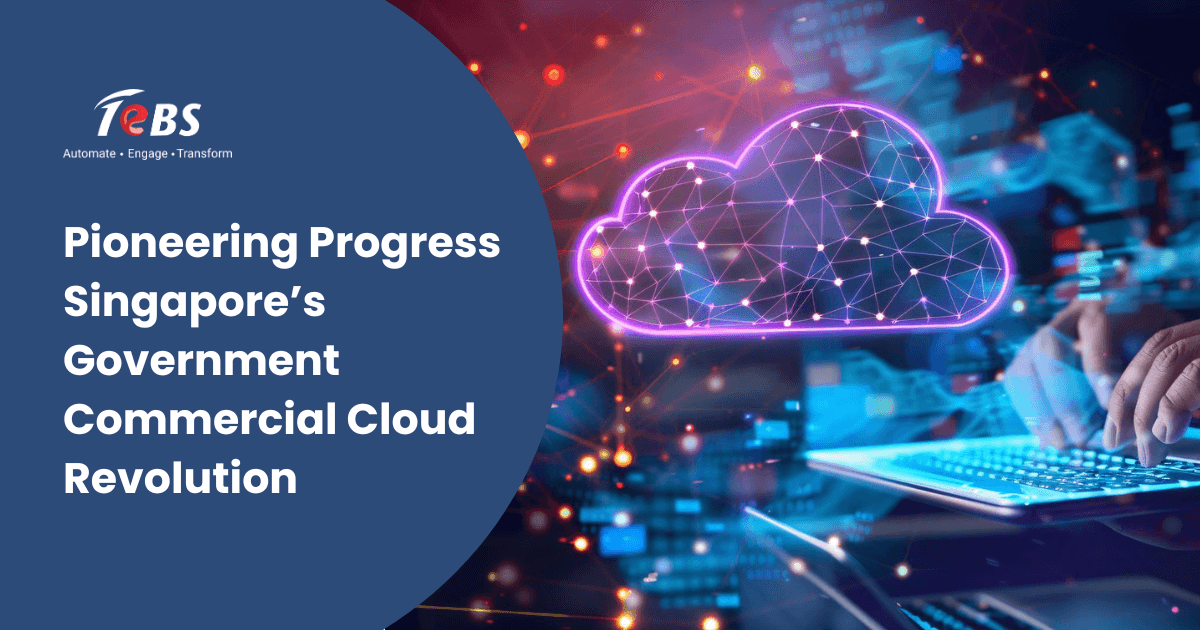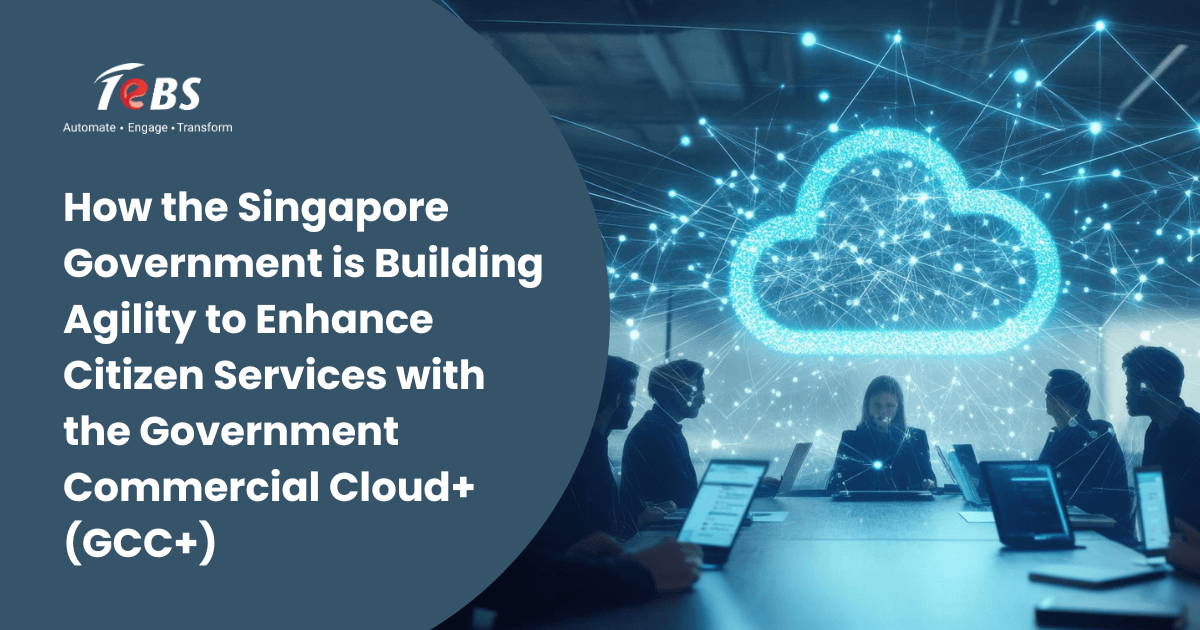Summary
Introduction: Why Cloud Migration is Both an Opportunity and a Challenge
Migrating to the cloud allows businesses to modernize operations, gain flexibility, and scale seamlessly. Yet, there rarely is a straightforward journey to the cloud. Although adopting a cloud infrastructure drives flexibility, innovation, and operational efficiencies, there is also enhanced complexity in cost control, operational tuning, and systems stability. Organizations must balance these competing sets of priorities to fully achieve the benefits of cloud transformation and also avoid significant disruption to business-as-usual.
At Total eBiz Solutions (TeBS), we recognize that cloud migration is not just about moving workloads from on-premises systems to cloud infrastructure—it is about strategically aligning technology with business goals. Our approach ensures organizations can modernize effectively while keeping costs under control and maintaining operational stability.
The Promise of Modernization through Cloud Adoption
Cloud migration offers organizations the ability to modernize in ways that were previously impossible with traditional on-premises infrastructure. Key benefits include:- Scalability and Flexibility – Cloud platforms allow businesses to scale resources up or down based on demand, ensuring optimal performance without unnecessary expenditure.
- Innovation Enablement – With access to cloud-native tools, enterprise AI services, and advanced analytics, organizations can innovate faster, develop new products, and deliver better services to customers.
- Operational Efficiency – Cloud migration reduces the burden of managing physical infrastructure, enabling IT teams to focus on strategic initiatives rather than routine maintenance.
- Resilience and Availability – Modern cloud architectures are designed for high availability, disaster recovery, and business continuity, helping businesses maintain critical operations during disruptions.
- Cost Optimization Potential – While cloud migration introduces upfront costs, proper planning and management can lead to long-term savings, particularly in hardware, maintenance, and energy consumption.
Key Challenges: Cost, Complexity, and Stability
Despite its promise, cloud migration comes with inherent challenges that require careful consideration:
1. Cost Management
Migrating to the cloud can introduce unexpected costs if not properly planned. Licensing, subscription fees, and cloud resource usage can escalate rapidly, particularly if workloads are not optimized or if unnecessary resources are provisioned. Gartner’s Public Cloud Migration Strategies highlight the importance of real-time cost visibility and avoiding hidden cost traps.
2. Complexity of Migration
Transitioning applications, data, and workflows from on-premises systems to the cloud involves intricate planning. Legacy systems may not be cloud-compatible, requiring re-engineering or replacement. Dependencies between applications must be mapped, and migration sequencing must be carefully managed to prevent operational downtime. AI-driven data engineering solutions can simplify dependency mapping and data readiness.
3. Maintaining Stability
Ensuring continuous business operations during migration is critical. Downtime or performance degradation can negatively impact customer experience and revenue. Additionally, misconfigurations or insufficient testing can compromise system stability and security.
Organizations must weigh these challenges against the benefits of modernization to ensure that cloud adoption delivers sustainable value rather than creating operational risks.
Finding the Right Balance: Frameworks and Best Practices
Achieving the optimal balance between modernization, cost, and stability requires structured planning and adherence to best practices. TeBS recommends a framework that emphasizes assessment, strategy, and governance throughout the cloud migration journey:
1. Comprehensive Readiness Assessment
Begin by evaluating your current infrastructure, applications, and processes. Identify workloads suitable for cloud migration, and uncover potential challenges that could impact performance or costs.
2. Total Cost of Ownership (TCO) Analysis
Assess the financial impact of cloud migration, including upfront migration costs, ongoing operational expenses, and potential savings. A TCO assessment helps align cloud adoption with business budgets and expected ROI.
3. Migration Strategy Development
Decide between migration approaches such as lift-and-shift, re-platforming, or full application modernization. Select strategies that optimize costs, minimize complexity, and ensure business continuity.
4. Cloud Governance and Compliance
Establish governance frameworks that define policies for access, security, and resource management. Compliance with regulatory requirements ensures secure and legally compliant cloud operations. TeBS’ AI cloud security frameworks ensure compliance with regulatory requirements.
For example, Enhancing Regulatory Systems for National Parks Board (NParks) shows how governance can safeguard operations during migration.
5. Security and Performance Tuning
Implement security measures, encryption protocols, and performance optimization to maintain stability. Continuous monitoring ensures that workloads run efficiently post-migration.
6. Incremental Migration and TestingAdopt a phased approach by migrating non-critical workloads first. Conduct rigorous testing and validation to reduce risks and ensure that systems remain stable throughout the migration process. Microsoft’s Plan Your Migration provides step-by-step guidance for sequencing workloads.
By following these best practices, organizations can modernize their IT infrastructure while carefully managing costs and operational risk.
For a deeper dive into risk management and governance, read our insights on Navigating Cloud Migration Risks: Strategies and Best Practices.
Benefits vs Challenges of Cloud Migration
| Aspect | Benefit | Challenge |
| Cost | Potential for long-term savings on infrastructure | Upfront migration costs and ongoing resource management costs |
| Flexibility | Scale resources dynamically as needed | Complex planning required to avoid over-provisioning |
| Innovation | Access to cloud-native tools and AI services | Requires technical expertise to implement effectively |
| Operational Efficiency | Reduced maintenance of physical infrastructure | Dependency mapping and migration sequencing can be complex |
| Stability and Resilience | High availability and disaster recovery capabilities | Risk of downtime and performance issues during migration |
Strategies to Balance Modernization, Cost, and Stability
| Challenge | Strategy | Business Outcome |
| High Costs | Conduct TCO assessment and optimize resource usage | Reduced overall expenditure and improved ROI |
| Migration Complexity | Phased migration and readiness assessment | Smooth transition with minimal disruption |
| System Stability | Implement governance, security measures, and testing | Reliable performance and uninterrupted business operations |
| Performance Optimization | Continuous monitoring and tuning | Efficient cloud infrastructure and improved application performance |
| Compliance Risks | Establish cloud governance frameworks | Secure, compliant, and legally aligned cloud operations |
Conclusion
Cloud migration offers immense opportunities for organizations to modernize, scale, and innovate. However, the journey is complex, requiring careful attention to cost, operational complexity, and system stability. By leveraging readiness assessments, TCO analysis, phased migration strategies, and robust governance frameworks, businesses can achieve a successful cloud transformation that balances modernization with stability and cost efficiency.
At TeBS, we help organizations navigate this journey with expert guidance, tailored strategies, and end-to-end cloud migration services. Our approach ensures minimal disruption, optimized costs, and enhanced business agility. To discuss how your organization can successfully migrate to the cloud while balancing modernization, cost, and stability, reach out to us at [email protected].
Frequently asked questions
Q: What are the biggest challenges in cloud migration?
A: Common challenges include data security, application compatibility, downtime risks, and managing complex workloads.
Q: How can businesses reduce cloud migration costs?
A: By optimizing workloads, choosing the right cloud model, leveraging automation, and avoiding overprovisioning.
Q: Why is system stability critical during cloud adoption?
A: Stable systems ensure business continuity, prevent downtime, and maintain user trust while migrating.
Q: What strategies help balance modernization with cost efficiency?
A: Prioritize workloads, adopt hybrid solutions, automate processes, and continuously monitor resource usage.
Q: How does TeBS support enterprises in cloud migration?
A: TeBS provides end-to-end cloud migration services, including assessment, planning, execution, and ongoing optimization.





